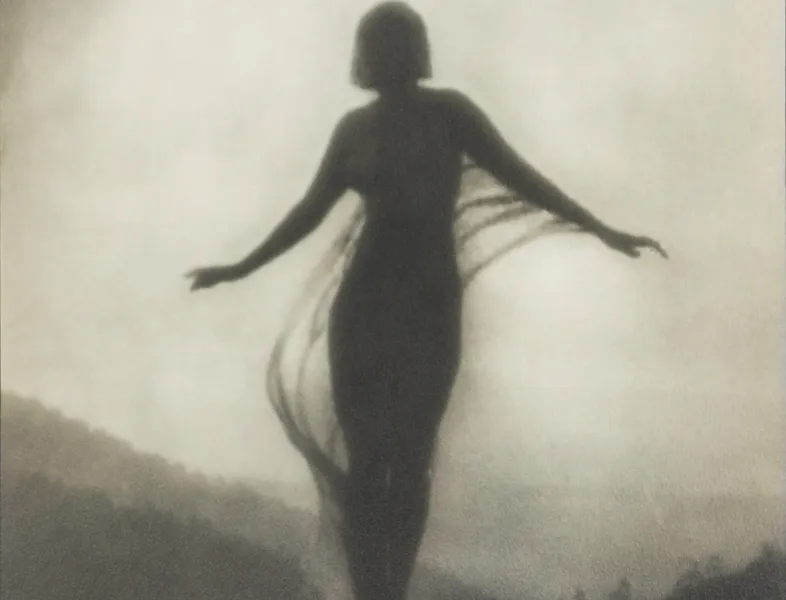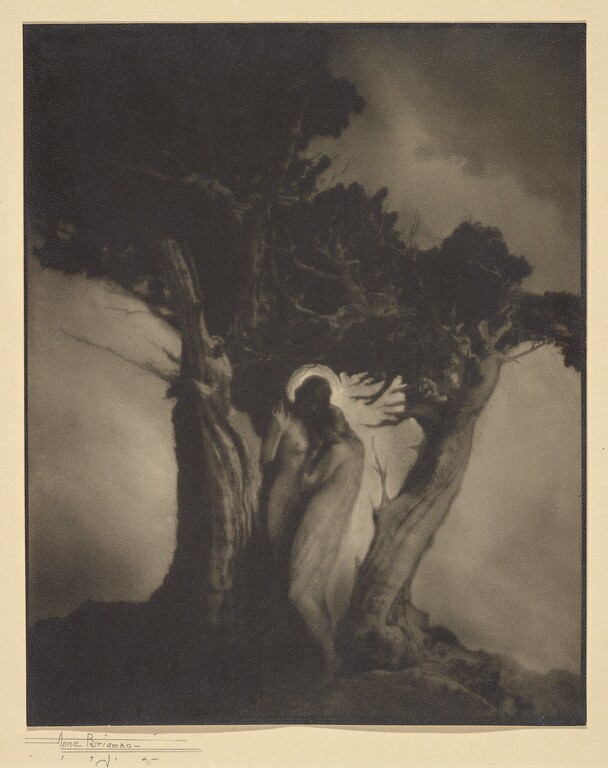Report
I wanted to capture the true essence of Coed Hills, from the basics to the complex dynamics. In the beginning, people were not my focus as I felt it was a very new community and I did not want to expose them, in the same way, Stonehenge can be overrun by tourists and therefore spoiled for those with a spiritual connection to it, I did not want this for Coed Hills. This community has a mission to communicate the meaning of sustainability and does this not only through its way of life but also through its website and the events, like the festival it holds each year.
My research firstly entailed finding out what sustainability was according to different organisations. The Brundtland Report of 1987 states, “Humanity has the ability, to make development sustainable to ensure that it meets the needs of the present without compromising the ability of future generations to meet their own needs” (United Nations, 1987). The report emphasises the interconnection between the environment, economy and society.
According to Greenpeace (2023), “Preserving our planet and its resources, including water and air, is crucial for sustainability”. With a sustainable community, we need to consider the economy, ecology and equity. Considering this, when we look at eco-communities worldwide, including Coed Hills, they are living in such a way that they are trying to exemplify how to apply these ideologies to everyday life and how that will improve our planet’s longevity.
The Global Ecovillage Network (GEN) embraces a holistic approach to sustainability and acts as a space of connection between eco-communities (Global Ecovillage Network, n.d.).
The selection of photographers I have used, beginning with Anne Brigman and her somewhat ‘hippy attitude’ made me think this woman is completely out there on her own, doing what she loves and does not care what others think. This started me off on the journey I wanted to go on.
This image, taken by Ann Brigman (‘The Breeze’, 1909), inspired me not only about how I wanted to progress with my photography but also how I wanted to live my life. Within this image, there is an element of freedom. There are no features, which would suggest a fluidity and a oneness with Mother Earth.
Later Brigman stated, “I wanted to go and be free” (Kleinmann, 2018).
As well as her artistic approach, Brigman’s decision to write poetry describes in more detail the atmosphere, environment and feelings at the time. This compliments the imagery beautifully, drawing you into her world as an artist. Brigman’s input into this project centres on her artistic philosophy and my ambition was to be able to create work to the standard she has set. Photographing Coed allowed me to begin that journey, becoming familiar with communities that share Brigman’s sense of connection with the landscape and her spiritual and ecological approach.
As previously discussed in the blog, The Heart of the Storm is another of Ann Brigman’s pieces of work. Again in the medium of black and white, with heavy contrast and having a tight crop which cuts off some of the branches of the tree. It would seem there are two people finding shelter by this tree. In the skyline, there are some very defined clouds suggesting a storm is very close, the movement within the branches of the tree giving an impression of strong winds.
As per the description of the image through researching this image; it is that of a guardian angel figure, with an upraised hand as if in a blessing whilst consoling the cowering woman within a protective stand of California western juniper trees. Their faces are obscured and the women seem to portray archetypes rather than individuals.
In Brigman’s work, the trees tortured by lighting and twisted by the winds symbolise independence and adaptation to life’s adversity. When achieving a sense of atmosphere to each scene, Ann Brigman would alter her negative by hand, drawing and scratching lines onto the negative before printing. The halo above the left figure’s head was created by her, along with the sweep of lines appearing as a translucent, windblown garment on the figure at the right.
It could be suggested that all five elements are within the body of this image. Those being; Earth, where the tree is planted in nature, Air is shown by the skyline and the movement of the trees. Although Fire is not visible, consider the beating heart of the woman being a flame in this instance. Water, again not visible but when thinking out of the box, consider the storm on the horizon and the weather being possible rain. Spirit, as per the description of the image, is that of an angel (Brigman,1939).


